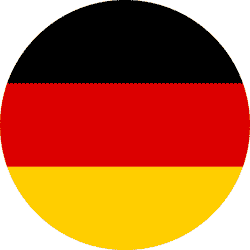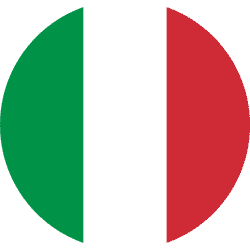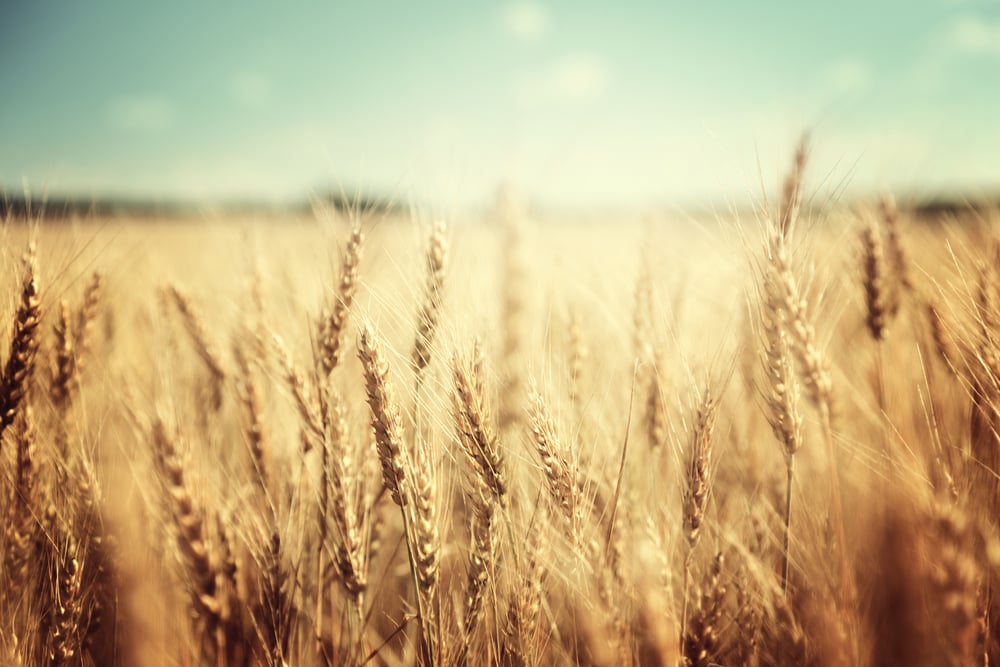The apple juice season for 2023/2024 is underway as processing facilities begin their operations. In August, the World Apple and Pear Association (WAPA) issued a forecast indicating that the European apple harvest for 2023 is expected to be 3% lower compared to the previous year, amounting to 11.4 million metric tonnes. Poland, recognised as Europe's largest apple producer, is anticipated to see an 11% decrease in production from the previous year's bumper crop, with an estimated 4 million tonnes. However, the Polish State Office (GUS) reported a harvest estimate of approximately 3 million tonnes, and market sources suggest that the actual production is likely to fall somewhere between these two estimates.
In August, the latest Mintec Benchmark Price for Apple concentrate (med-ac fca Eur) was €1,575/mt, marking a 10% year-on-year (y-o-y) increase. The high price results from a delayed harvest and heightened demand from processors. According to market sources, the expectation is that these elevated prices will persist at similar levels throughout September. European buyers are increasingly turning to the spot market for their needs and are expected to secure longer-term contracts once a clearer understanding of supply availability emerges. In Ukraine, the apple crop appears promising for high-acid juice, but the ongoing conflict in the region may pose logistical challenges for juice exports. Consequently, market sources anticipate that producers will offload stocks as soon as possible.
In China, apple juice concentrate production for the 2022/23 marketing year is estimated to be in the range of 250,000 to 300,000 tonnes, which is half the usual production volume in a typical year. Expectations for the 2023/24 production stand at around 400,000 tonnes. However, despite the projected rise in production for the current marketing year, juice traders are closely monitoring China's capacity to meet global demand in a market characterised by tight supply and demand fundamentals.

.png?width=145&height=54&name=Mintec_Logo_Small_Use_Mono_RGB%20(2).png)


















